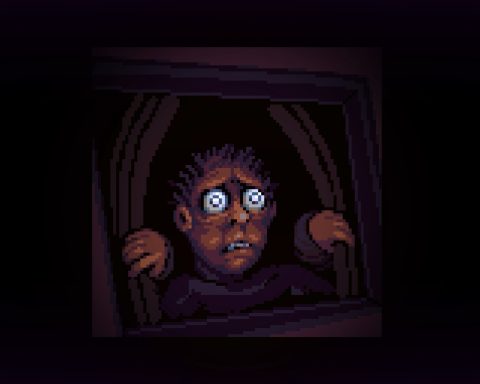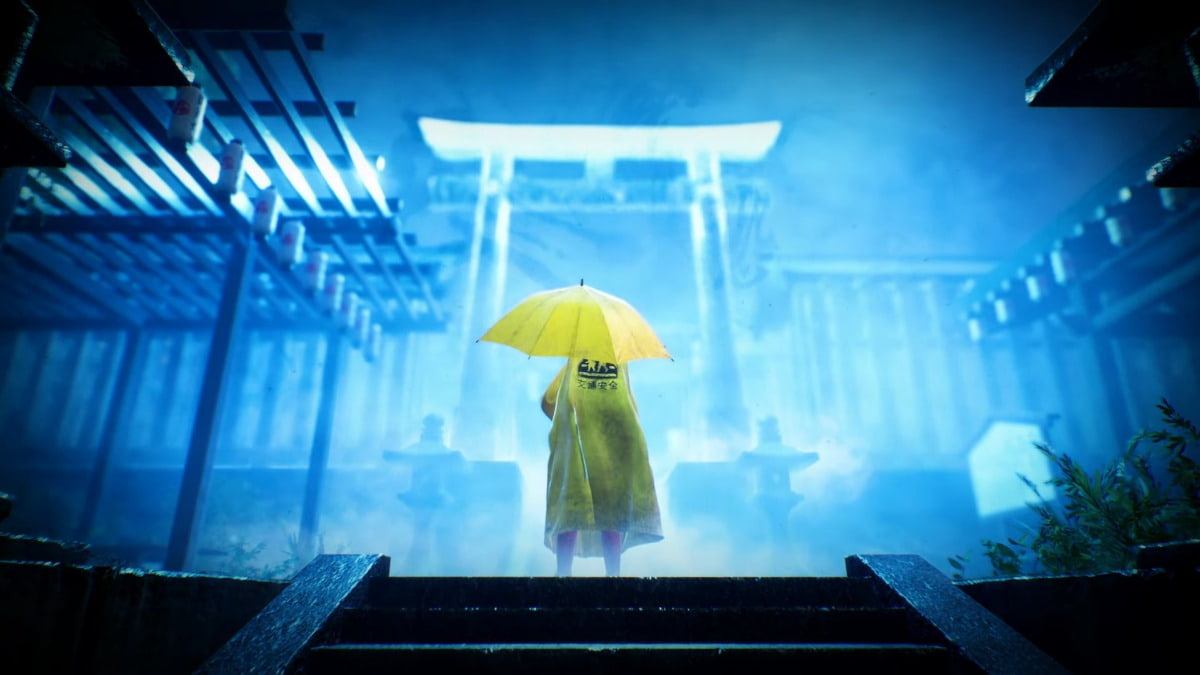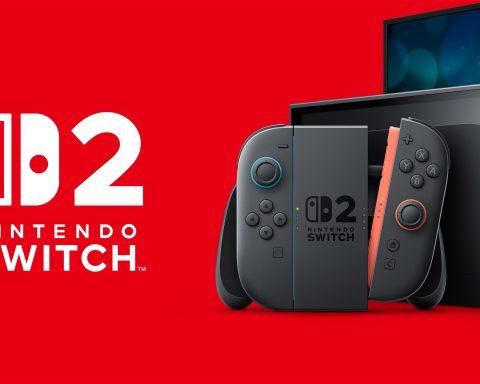Picture the scene, if you will. Socrates approaches the Lyceum, deep in thought. His disciples gather around him, and he poses this question:
What’s a Greek Urn?
The answer is, of course, about five drachmas an hour, and that’s a very old joke. Probably not quite as old as Socrates himself, but close. With material like that, it’s no wonder they put him to death. OK, to be strictly accurate, Socrates was put to death for corrupting Athenian youth, but then that’s also a classic charge laid against video games, so I’m going to let it stand for now.
The reason I bring up such a hoary old groaner of a joke is because it’s particularly apt when discussing Sokobos, a mix of ancient Greek tragedy and a remix of classic puzzle thinker Sokoban.
Sokoban puzzles, if you’re not familiar with the form task you with pushing blocks around a grid.
You can’t pull blocks, and typically you can’t push one block through another. Get an item against a wall or especially in a corner, and you’re stuck. Match up whatever the pattern for the given level is, and you win.
It’s simple enough to describe, but the beauty of Sokoban style games is that they typically rely on just one mind-bending solution. That’s the way that it’s been since 1982, which means Sokoban games are a mind-boggling 40 years old now. It’s safe to say that it’s a formula that’s been remixed many times by now.
Sokobos takes the Sokoban concept and adds just a dash of Greek tragedy to the whole affair. You’re cast as Aeschylus, gifted with incredible strength by the Greek gods. But, well, not to put too fine a point on it, the Greek gods are jerks, and nothing comes for free.
Aeschylus has to build Zeus a temple, one level of block-pushing at a time. As you progress through levels of increasing complexity, Aeschylus’ story plays out through short, text-based cut scenes with a wonderfully minimalistic aesthetic.
It’s slightly too sharp to be a classic game and the effects are too good, but if I squint, I can imagine myself playing this back in the day on a clacky Apple II keyboard. One great touch here is that developer, Daisy Games, has thought about inclusivity with a variety of display modes built around very specific levels of colour blindness making this a Sokoban clone that practically anyone could play.
Thinking puzzles like these do require strong logic skills, and while Sokobos does gift you with unlimited undo and easy level resets without penalty, it’s also clear that the developer is pitching it at a crowd that already understands how these games function and how to make matters challenging from the start.
Is that a good thing? On one hand, given it’s essentially a selection of 60 single solution puzzles, you don’t want to burn through them too easily. On the other hand, it could be a touch more inviting at the start, because Sokoban novices will hit a difficulty wall within the first few levels alone.
Those are levels that simply rely on straight Sokoban puzzles, but Sokobos has a few extra curly twists within its Hellenic frame, including paint for specific temple parts. Sure, you probably think of the ancient world as being all white marble and cream togas, but the reality was that our ancestors enjoyed a splash of colour as well.
There are also bridges to be built over water features and parts that won’t move if you’ve put them in their place at all to contend with, amongst others. Sokobos does explain each new twist as you encounter it, but it does mean that unless you’ve got a brain the size of the Mekon’s, you’re not likely to solve them first time out.
It’s here I have to be honest and say that I haven’t solved all 60 of Sokoban’s levels. You can skip any level you like, which is a nice touch because it does mean if you’re stumped by one you can skip to another. Then again, the complexity only rises, and some of the later levels are truly brutal.
What I did discover, almost by accident along the way is that if you’re surrounded by people who like logic – my family definitely applies here – then Sokobos can make a great party game. No, really, it can. Solving a Sokobos level is a great social gaming activity, because you can all gather around your screen and argue about which way you should push puzzles, draw routes with your fingers on the screen and celebrate your successes when it all comes together correctly.
There’s no multiplayer support of course, but many minds can help unravel some of Sokobos’ more curly puzzles. The feeling of satisfaction you get when the last part thumps into place is profound.
As with any Sokoban game, the single solution for each puzzle does limit how much you might come back to it. There’s support for global leaderboards for solving levels in the fewest possible moves, though this is optional, but that feels too like a limited well to draw from. Logically there’s an optimal solution, and once you find that you’ll be in equal first with everyone else who did the same.
The only other issue I’ve got with Sokobos is that while the framing mechanism of Greek Tragedy works well enough, and the style suits classical designs well, the actual storyline is on the lighter side. If you were pondering Sokobos with an eye to both its script and its puzzles, you’re going to have to like the puzzles a lot.
I don’t want to spoil anything, but simply saying “Greek Tragedy” covers a lot, if you follow me. Clearly, you’re going to get the most out of Sokobos if you already love Sokoban as a core concept, but I could have wished for a slightly deeper story behind it all.















